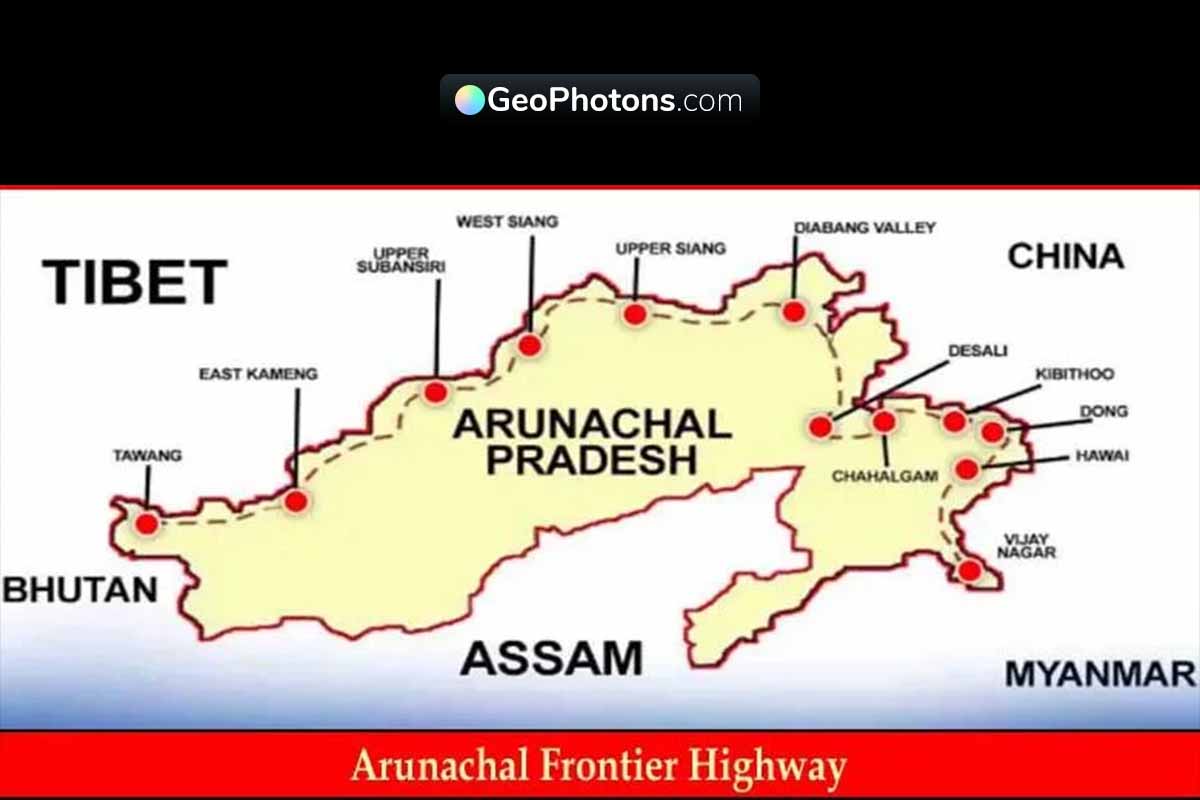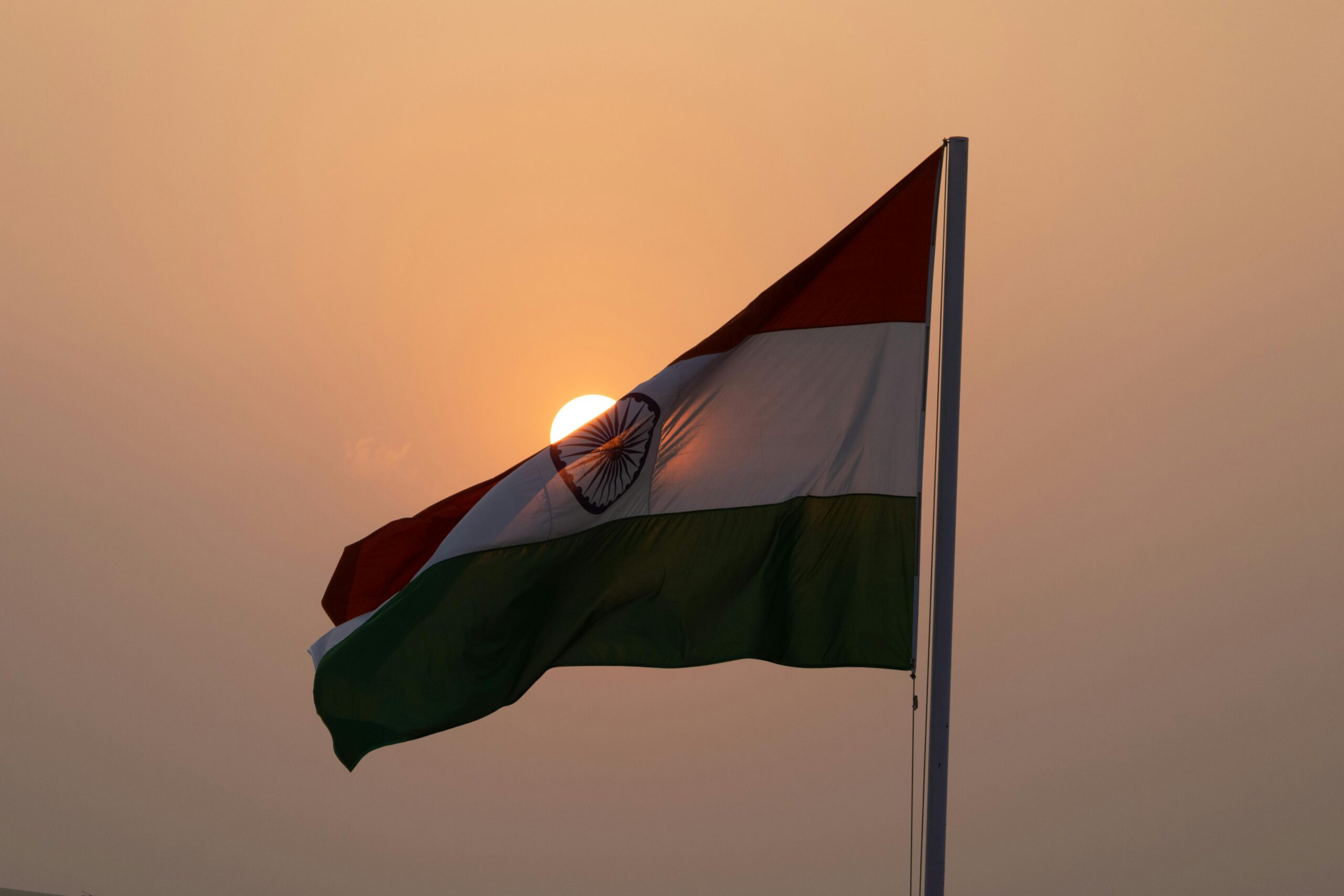How India’s 2025 Marine Fisheries Census Transforms Coastal Livelihoods and Conservation

India’s fifth Marine Fisheries Census began in April 2025, digitally covering 1.2 million households across 3,500 villages. It aims to improve livelihood planning, infrastructure mapping, and marine conservation through real-time data.
1. What Makes the 2025 Marine Fisheries Census a Landmark Initiative?
On April 29, 2025, in Mumbai, Union Minister Rajiv Ranjan Singh launched India’s fifth Marine Fisheries Census. Covering 13 coastal states and UTs, the census will digitally enumerate 1.2 million households across 3,500 villages. This marks the first fully digital fisheries census using VyAS-NAV mobile app. Previous censuses in 2005, 2010, and 2016 used manual processes. Verified by the Ministry of Fisheries, this transformation ensures real-time updates and higher accuracy in data collection and validation.
2. Why Is VyAS-NAV Mobile App a Game Changer?
The VyAS-NAV app is central to the census’s digital shift. It enables live validation of landing centres, harbours, and fishing villages. Supervisors can instantly upload field data, reducing time lag by over 80% compared to 2016. Government press releases and training guidelines confirm that 100% of enumerators are trained to use the app. The app also integrates GIS mapping, ensuring accurate geo-tagging of marine assets.
3. What Kind of Data Will the Census Collect?
This census focuses on demographic, economic, and occupational data of marine fishers. It includes gender-disaggregated data, alternate livelihoods, craft ownership, and scheme participation. In 2016, only 38% of fishers had access to welfare schemes; this round aims to update that. Backed by PMMSY guidelines and the Central Marine Fisheries Research Institute, this data will improve policymaking and targeted subsidy delivery.
4. How Will Aquafarmers Benefit Financially from the New Insurance Scheme?
India’s first aquaculture insurance scheme was announced alongside the census. Part of the PM Matsya Kisan Samridhi Sah-Yojana, it covers 100,000+ aquafarmers initially. Two plans—basic and comprehensive—offer protection against natural disasters, disease, and loss. Verified by NFDB documents, this aims to reduce income volatility in a sector where 65% of aquafarmers are marginalised. It’s a first-of-its-kind risk reduction tool for coastal livelihoods.
Quick Fact Box: India’s 2025 Marine Fisheries Census Highlights
| Feature | Details |
|---|---|
| Coverage | 3,500 villages, 1.2 million families |
| Start Date | April 2025 |
| Enumeration Timeline | May–December 2025 |
| Technology Used | VyAS-NAV Mobile App + GIS |
| Insurance Coverage | 100,000+ aquafarmers (initial) |
5. How Is the Census Addressing Environmental Conservation?
The government introduced TED (Turtle Excluder Device) guidelines to reduce endangered turtle by-catch in shrimp trawling. India records over 2,000 sea turtle strandings yearly, according to WII. TED, already mandatory in countries like the US, now finds structured adoption in India. Environmental NGOs and verified Wildlife Institute of India studies back this intervention, balancing conservation with commercial fishing needs.
6. Who Are the Key Stakeholders in the Census Execution?
Over 10,000 enumerators, many from fishing communities, will assist in the census. Their local knowledge ensures trust and accuracy. Supported by state fisheries departments and CMFRI, training sessions began in April 2025. Verified training documents highlight that community-led enumeration increases response accuracy by 30%. It also builds local capacity, aligning with the government’s participatory governance model.
7. What Did Officials Say About the Census and Its Broader Impact?
Union Minister Rajiv Ranjan Singh stated, “This digital census is not just data—it’s empowerment of coastal India.” He emphasized that the information will directly shape welfare schemes, insurance, and conservation efforts. Verified from his April 2025 Mumbai address, the quote underlines a governance shift from reactive to proactive planning in marine sectors.
What Makes This Story a Must-Read
India’s 2025 fisheries census redefines marine governance through digital tools, economic security, and conservation—all backed by verified sources and ground-level community involvement, promising long-term coastal transformation.













Post Comment